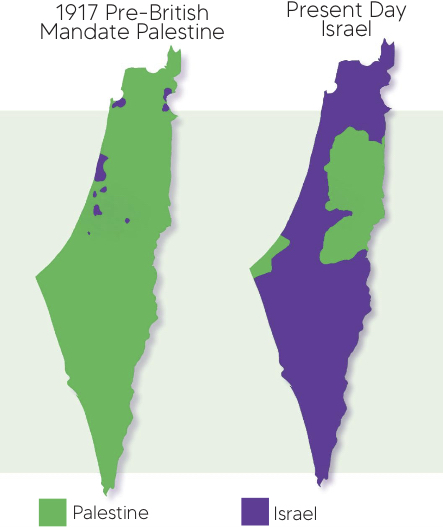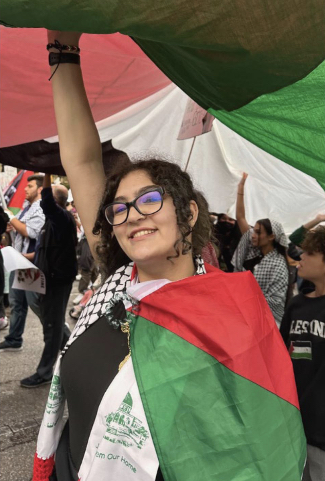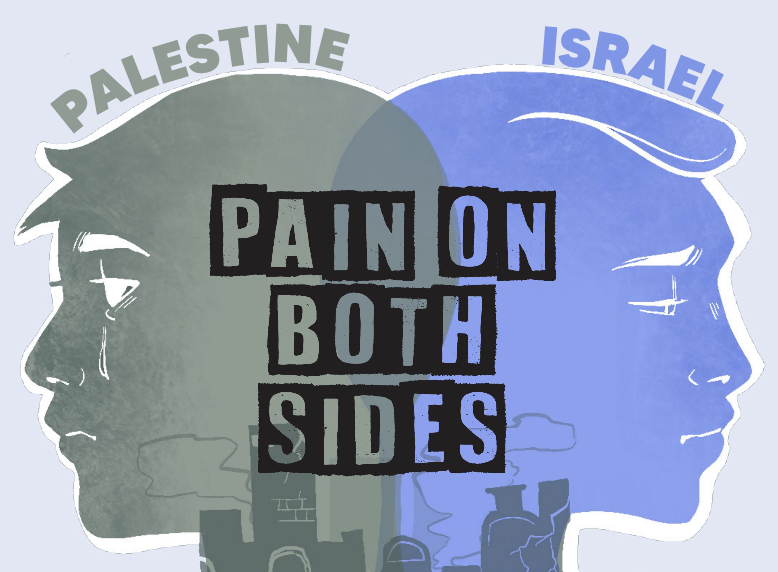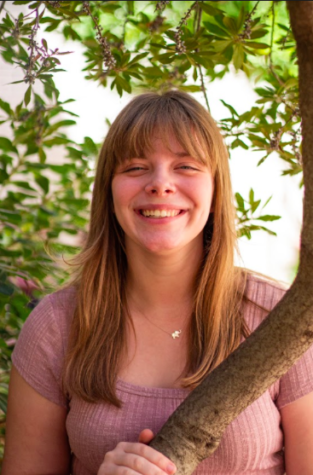Editor’s note: this column won a Certificate of Merit in first person experience (2019 CSPA Gold Circle Awards). It was also named as an honorable mention for personal columns in the TAJE Best in Texas contest.
“You’re joking right. There’s no way you’re Hispanic. I mean, look at you.”
My classmate began to lecture me on what defines a “real Hispanic” and the many reasons, including my fair skin and inability to speak fluent Spanish, that I did not fit his definition.
I made several attempts to correct him by explaining that my mother was Mexican American and my father was white, but he continued to tell me that I was wrong.
I wasn’t shocked by any of this. It wasn’t the first time that it had happened. For most of my childhood, whenever I would mention that I was of Hispanic descent, there was at least one kid who would argue that I must be lying because I “didn’t look like one.”
My fair skin, blue eyes and light hair made me look more similar to my father than my mother and her Hispanic family.
It was easy to understand how people mistook me for white more often than my mother and sister, who both had dark hair, brown eyes and tan skin. Others were often confused when I would show pictures of my mother’s father. They were shocked to see his dark complexion in comparison to my pale features.
Over the years, these accusations over my race began to change how I viewed myself.
I started avoiding telling others about my mixed ethnicity out of fear that I would once again be called a liar. I began to believe in what others considered to be Hispanic rather than my own heritage. I no longer trusted myself to define who I was.
With my family, I never had to think twice about who I was. Every year, my family and I would visit my mother’s family in her hometown, El Paso. I always felt a sense of pride when we visited the city.
I felt more immersed in my own culture than I ever was in North Texas. While doing something as simple as spending time with my mother’s family and eating the local food, I never second-guessed myself.
During our trips, my sister and I would often find ourselves in the back of our grandfather’s car, driving around the city.
We’d pass older parts of the town as he’d point out the places he held close to his heart — the old Catholic church his grandmother used to visit, the houses he lived in and popular, locally owned Mexican bakeries and taquerias. On those drives, he would discuss the importance of remembering our roots.
Occasionally, I would mention my classmates arguing about my ethnicity or the stereotypes I had heard them say about Latin cultures.
“Mija,” he would say, “this is your culture. It’s something you should be proud of. That’s important for you girls to know.”
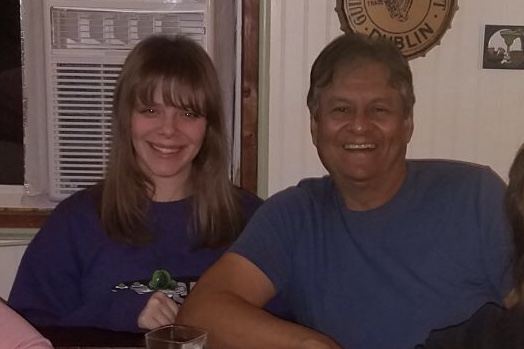
Despite my grandfather’s advice, it became much harder once I got back home. I would once again become insecure. I felt I didn’t fit well into either community. I felt isolated in both the white and Hispanic communities because I wasn’t entirely one or the other.
My culture was never something I deeply thought about. It was the homemade video, a tomato noodle soup, that my mom would make. It was the crucifixes and pieces of Mexican folk art that hung across our house. It was the routine remedies — VapoRub and Sprite — that were used when we were sick. It was the smell of roasted green chiles that wafted through our kitchen during the fall. It was the small, everyday aspects of my life that I had never thought to closely look at.
Now it has become possible to live by my grandfather’s words. Despite what others say, their words no longer affect me. My newfound confidence allows me to see that my ethnicity is not something to question or hide. It’s a part of me.
We all have things about ourselves that define who we are. These may make us insecure at times, but we must learn to embrace it. There is no reason to mask your true self, regardless of what others may tell you.




